
Chinese star banker Bao Fan detained by country's top anti-graft body, state media says
One of China's top tech bankers, who went missing in February, has been in the custody of the country's top anti-graft watchdog since his disappearance and has had his detention extended, according to a state media report.
2023-06-01 13:52

Fujitsu General’s $1.1 Billion Stake Sale Is Said to Stall
The sale of Fujitsu Ltd.’s majority stake in its air-conditioner manufacturing unit has stalled as the bidders have
2023-05-19 16:28

Cerebras and G42 Unveil World’s Largest Supercomputer for AI Training with 4 exaFLOPs to Fuel a New Era of Innovation
SUNNYVALE, Calif.--(BUSINESS WIRE)--Jul 20, 2023--
2023-07-20 21:18

Continental Taps Google’s AI Technology for Cars: Munich Update
Europe’s automakers are showing off their latest battery-powered cars at the IAA Mobility car show this week as
2023-09-04 17:17

This plug-and-play microphone is just $35 for Labor Day
TL;DR: As of Sept. 1, get the Babbl USB-C plug-and-play microphone for just $34.97 (reg.
2023-09-01 17:25

OpenAI Brings ChatGPT App to iPhone; Android Launch Coming Later
OpenAI Inc. is bringing its ChatGPT generative AI tool to smartphones for the first time, releasing an iPhone
2023-05-19 01:22
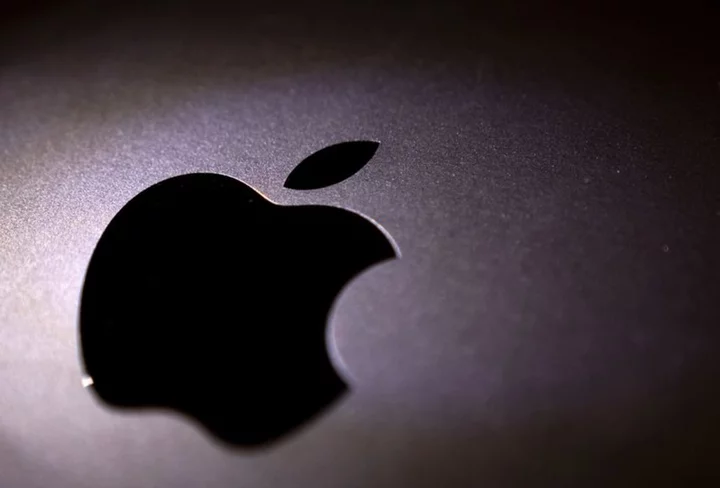
Apple expected to reveal mixed-reality headset at developer conference
By Stephen Nellis CUPERTINO, California (Reuters) -Apple Inc is expected to unveil a mixed-reality headset at its annual software developer
2023-06-05 21:51

All Killstreaks Available in Modern Warfare 3 Multiplayer Beta
Every killstreak available in the Modern Warfare 3 Multiplayer Beta including the new Mosquito Drone and more.
2023-10-07 01:57

How to watch India vs Australia 2023 ODI series online for free
The ICC Men's Cricket World Cup is fast approaching, so competing teams will be looking
2023-09-19 12:56

Where Is Tesla’s EV Competition?
After a decade of being trounced by Tesla Inc., this was supposed to be the year that traditional
2023-10-05 20:27
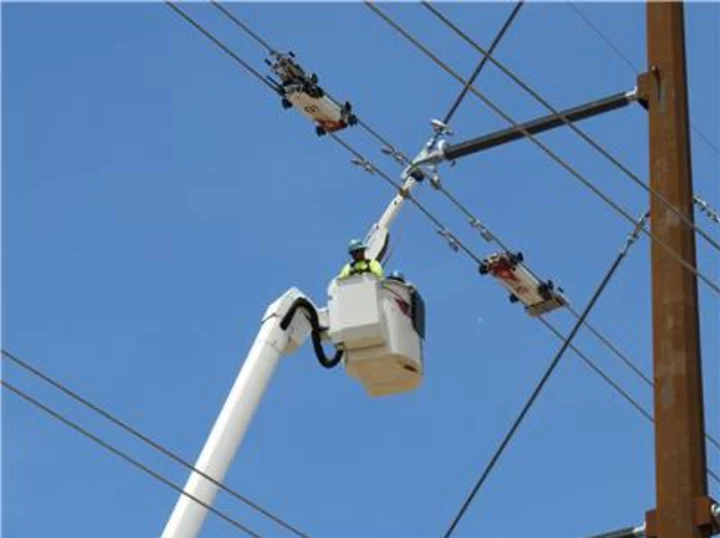
FulcrumAir Successfully Completes the World’s First Robotic Installation Project of PLP Conductor Spacers and Bird Diverters
CALGARY, Alberta--(BUSINESS WIRE)--Sep 21, 2023--
2023-09-21 22:47
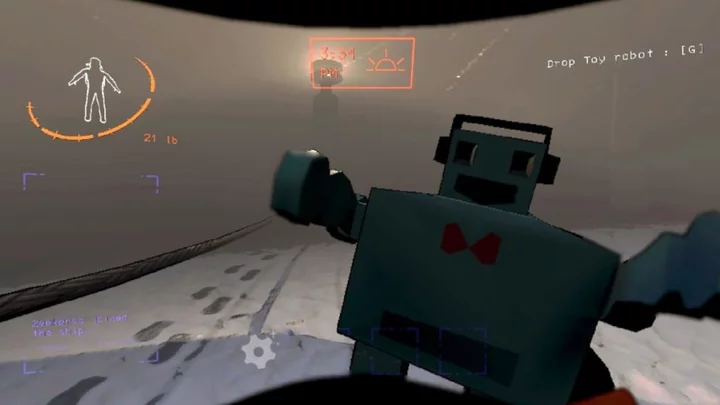
Lethal Company Minimum System Requirements
Lethal Company only has one list of system requirements.
2023-12-01 08:19
You Might Like...

Coinbase, facing SEC lawsuit, says regulator lacks police power over crypto
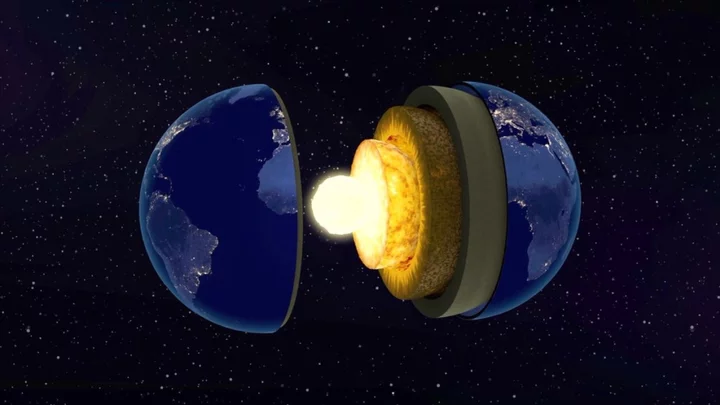
The Earth’s axis is shifting because of water

Tesla Price Cuts Continue Even as Interest Rate Pressure Relents

Streamline Innovations Introduces VALKYRIE® ECO and VALKYRIE ECO FLEX Products for H2S Treating in Biogas-to-RNG Upgrading Applications

xQc rakes in massive $550K during first gambling stream on Kick, Internet says, 'he got full control of his funds'

Popular Otome Game Obey Me! & US’s Top-Class Online Manga Store MangaPlaza to Exhibit at Anime Expo 2023

Perfect Corp. Partners with Warner Bros. Pictures for The Flash Interactive AR Movie Try-On Experience
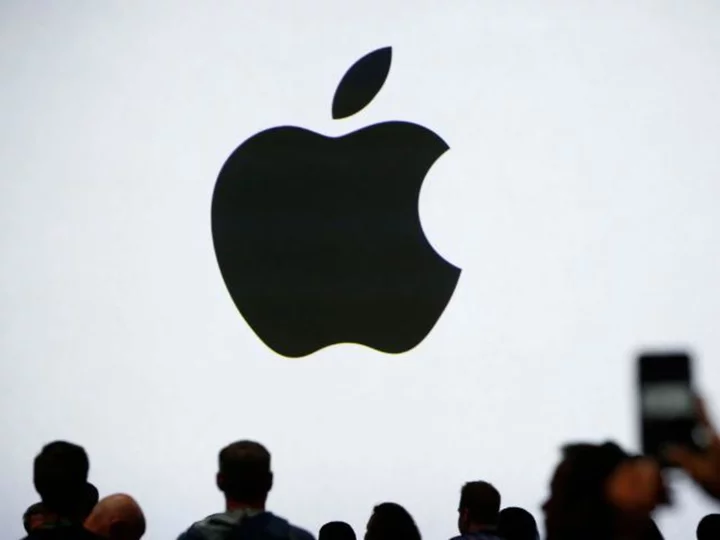
Apple may soon show off its biggest and riskiest new hardware product in years
